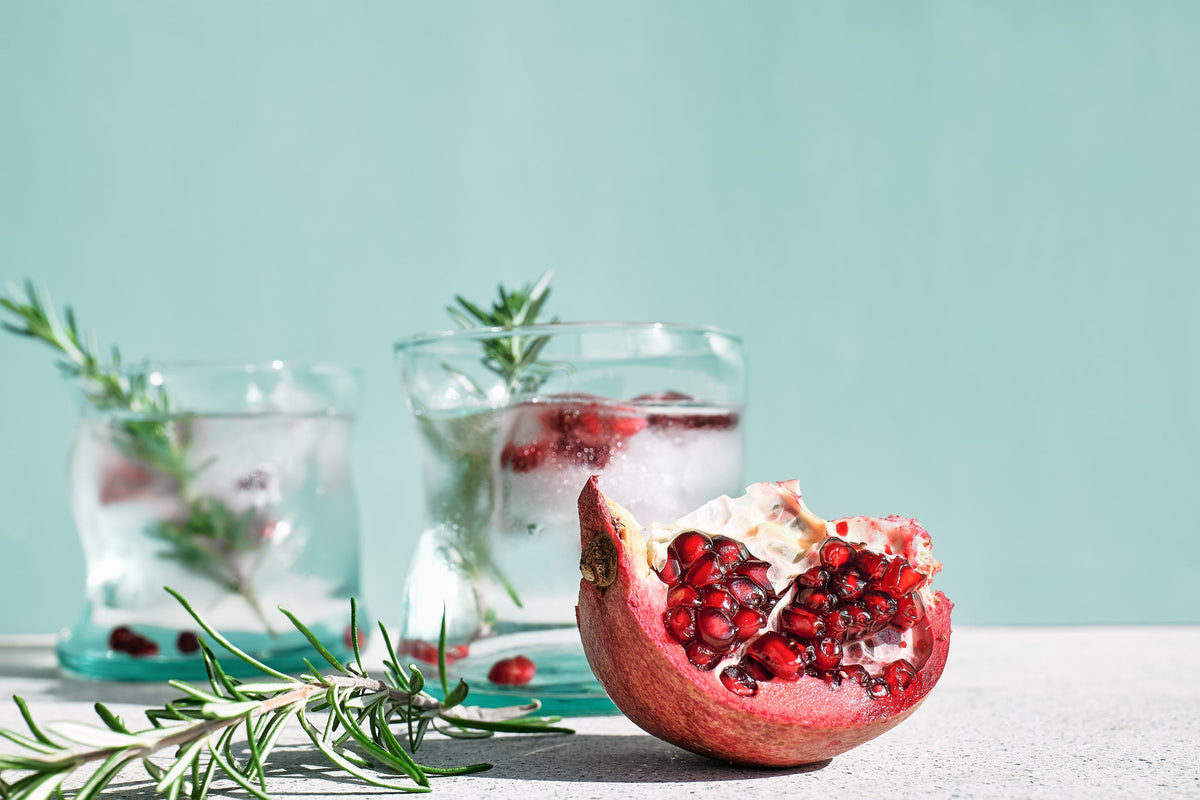
Bring Spring to your Gin! Your Guide to Floral Gins and Garnishes
|
|
Time to read 2 min

|
|
Time to read 2 min
Earlier this year, we made several predictions about Gin trends in 2017. One of these referred to florals (and berries, spices and pickled fruits) appearing more and more as popular garnishes in G&Ts and Gin cocktails, based on the rise of more unusual botanicals starting to appear in new Gin.
We all know that Gin’s popularity has exploded over the last few years and, as a result, brands are having to try new and different styles of Gin and ingredients to stand out in a crowded market place.
So what’s the "next big thing" you’re going to find in your G&T? How should you be drinking Gins with unusual botanicals? What’s the best garnish for them?
It wouldn’t be right to write an article about florals in Gin without mentioning Bloom Gin. Developed by Master Distiller Joanne Moore after she spotted a gap in the market for something light and, um… floral.
Inspired by Moore’s love of nature, it’s the only Gin this writer’s ever tried which contains honeysuckle and chamomile.
Try it garnished with: strawberries to enhance the sweetness from the chamomile.
Rose, the most classic of English country garden flowers, actually makes a good addition to Gin. While the petals remind this writer of childhoods making ‘perfume’ by mashing a load of rose petals together with water, the delicate scent really works in contrast with juniper berries.
Scottish-made Rock Rose Gin is a great example of how mixing its signature botanical (rose root) with the spicy warmth of juniper and the sharpness of fruity berries can lead to a well-rounded Gin.
Try it garnished with: mint leaves to lift the heady rose scent and add freshness.
Say the words ‘lavender’ and ‘Gin’ and for most people, Hendrick’s will spring to mind. But today, there are more and more producers using this wonderfully fragrant flower to add new depth to their Gins. Case in point is Twisted Nose Gin, which uses local lavender to balance out peppery watercress, or Pothecary Gin, which uses lavender as its lead botanical.
Try it garnished with: cucumber for lighter style Gins, or juniper berries for heavier Gins, to balance out the pungent lavender.
In all honesty, lavender is something we’d rather use as a garnish - try it to bring out herbal notes in your next G&T.
Hibiscus is far more commonly used as a garnish rather than a lead botanical, due to its sour taste.
In fact, the Juniper Club, which sells a wealth of different garnishes by the jar, has seen a rise in the sale of its hibiscus flowers, and recently introduced rose buds to its portfolio.
Recently, we’ve seen it cropping up more and more as a Gin botanical. Spanish Gin brand Siderit has a Hibiscus version which has a beautiful pink hue to the liquid. More often than not, though, brands keep their liquid clear (most likely a marketing decision playing on our ideas of what a Gin looks like). Dorothy Parker Gin, made by the NY Distilling Co., is one such example, and while hibiscus is prominent, it’s certainly not the sole flavour.
Try it garnished with: hibiscus flowers. Add a few dried (or fresh, if you grow them) to your G&T and you’ll get a wonderful floral aroma and it’ll pick out any floral notes in your Gin.
So while spring’s in the air, take full advantage and try some new floral Gins, or even floral garnishes in your old favourites, and let us know what you think in the comments below.

